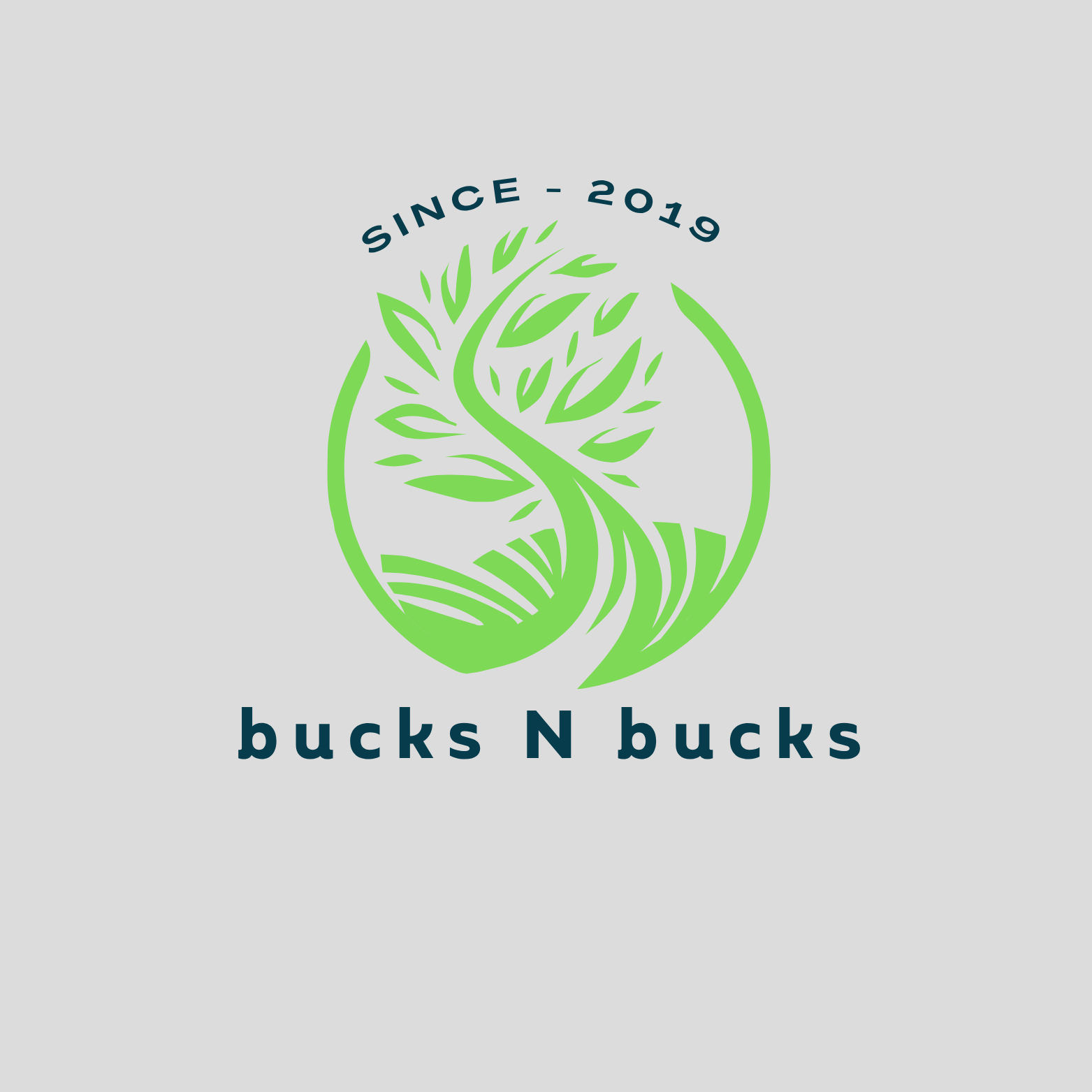Running a successful vegetable enterprise involves more than just planting, growing, and harvesting crops. To build a resilient and profitable business, it’s crucial to diversify income streams. Leveraging the seven different types of income can help a vegetable enterprise stabilize its earnings, mitigate risks, and maximize profitability. Here’s how each type of income can be applied to a vegetable enterprise.
1. Earned income
Earned income forms the backbone of most businesses, including vegetable enterprises. This is the direct income you earn from selling your vegetables. To optimize this income stream, consider the following strategies:
Selling your produce at farmers' markets and local stores ensures you have a steady flow of income. These markets often attract customers who value fresh, locally sourced vegetables and are willing to pay a premium for quality and freshness. A loyalty program on the other hand allows customers to buy shares of your harvest in advance. This not only provides you with upfront capital but also guarantees a market for your produce. Participants receive a weekly or monthly box of fresh vegetables, ensuring a regular income stream throughout the growing season. Lastly, expanding your sales channels to include online platforms can significantly boost your earned income. Setting up an e-commerce website or partnering with existing grocery delivery services can help reach a broader audience, including those who prefer the convenience of home delivery.
2. Profit income
Profit income is the money left after all expenses are deducted from your revenue. To maximize profit, it’s essential to manage costs and explore value-added products. This involves transforming your raw vegetables into value-added products which can significantly increase your profit margins. For example, you can make and sell products like pickles, jams, sauces, or dried vegetables. These products often have a longer shelf life and can be sold at higher prices than fresh produce.
Furthermore, implementing efficient farming practices, such as crop rotation, integrated pest management, and sustainable irrigation techniques, can help reduce costs and improve yields. Additionally, investing in technology for precision farming can optimize input usage and enhance productivity, thereby increasing profit margins.
3. Interest income
Interest income can be generated by making strategic financial decisions with your surplus funds. If your vegetable enterprise has surplus cash, consider placing it in high-interest savings accounts or investing in bonds. In my opinion, apart from corporate bonds, South African Government Bonds provide mouth-watering rates that beat inflation. This does not only ensure your money is working for you but also provides a safety net during off-seasons or in case of unexpected expenses. Additionally, providing micro production loans to other local farmers is also another approach which allows you to lend money to other local farmers or small businesses in your community. By charging interest on these loans, you can generate additional income while supporting the local economy. Remember that drafting substantial contracts will be very instrumental to facilitate such an initiative.
4. Dividend income
Dividend income involves earning money from investments in shares of other companies.
Agricultural cooperatives and businesses consider investing in businesses related to their industry, such as seed companies, fertilizer manufacturers, or farm equipment suppliers. These investments can yield dividends, providing a regular income stream in addition to your farming operations. This approach however will depend on the financial strategy employed and only after thorough analysis of the market, the best companies to invest in can be selected. Mind you, Rainbow Chicken has been recently listed on the Johannesburg Stock Exchange.
5. Rental income
Rental income can be a valuable source of additional revenue for a vegetable enterprise. If you have extra land that you’re not using, consider leasing it out to other farmers. This can provide a steady income without additional labour on your part. Secondly, renting out equipment could be an excellent avenue. If you own specialized farming equipment that you don’t use year-round, consider renting it out to other farmers. Equipment such as tractors, tillers, and irrigation systems can be in high demand, especially during peak planting and harvesting seasons. I have always wondered how one would incorporate real estate in farming and the thought that came to mind was if I were to invest in 100 greenhouses and rent them out to those without land, it's a solution-oriented idea that might actually work.
6. Capital gains
Capital gains are realized when you sell an asset for more than you paid for it. Selling farmland or equipment over time, the value of your farmland or equipment may appreciate. Selling these assets when their value is high can provide significant capital gains. For instance, if you decide to downsize or shift your focus to a different type of farming, selling excess land can generate substantial income. Investing a portion of your profits in stocks or real estate can also lead to capital gains. Through careful selection of investments in agricultural companies or farmland can result in profitable sales down the line.
7. Royalties
Royalty income is earned by allowing others to use your intellectual property or products. If your vegetable enterprise has developed unique farming techniques, proprietary seeds, or a strong brand, consider licensing these to other farmers. For example, if you have a trademarked brand for organic vegetables, other farmers might pay to use your brand name, ensuring consistent quality and marketing advantages. Publishing and writing books, e-books, or creating online courses about your farming practices can also generate royalty income. Topics might include organic farming techniques, sustainable agriculture, or setting up a successful online program. Each sale of your published material can provide ongoing royalty payments. I have also read about Amazon KDP which enables you to achieve this and would like you to go and check it out.
By leveraging these seven types of income to your vegetable enterprise, you can create a robust and a well-diversified financial foundation. This approach not only ensures a steady flow of revenue but also helps mitigate risks associated with having a concentrated revenue structure. For more information regarding how to gear up your business up for success, feel free to contact us.

